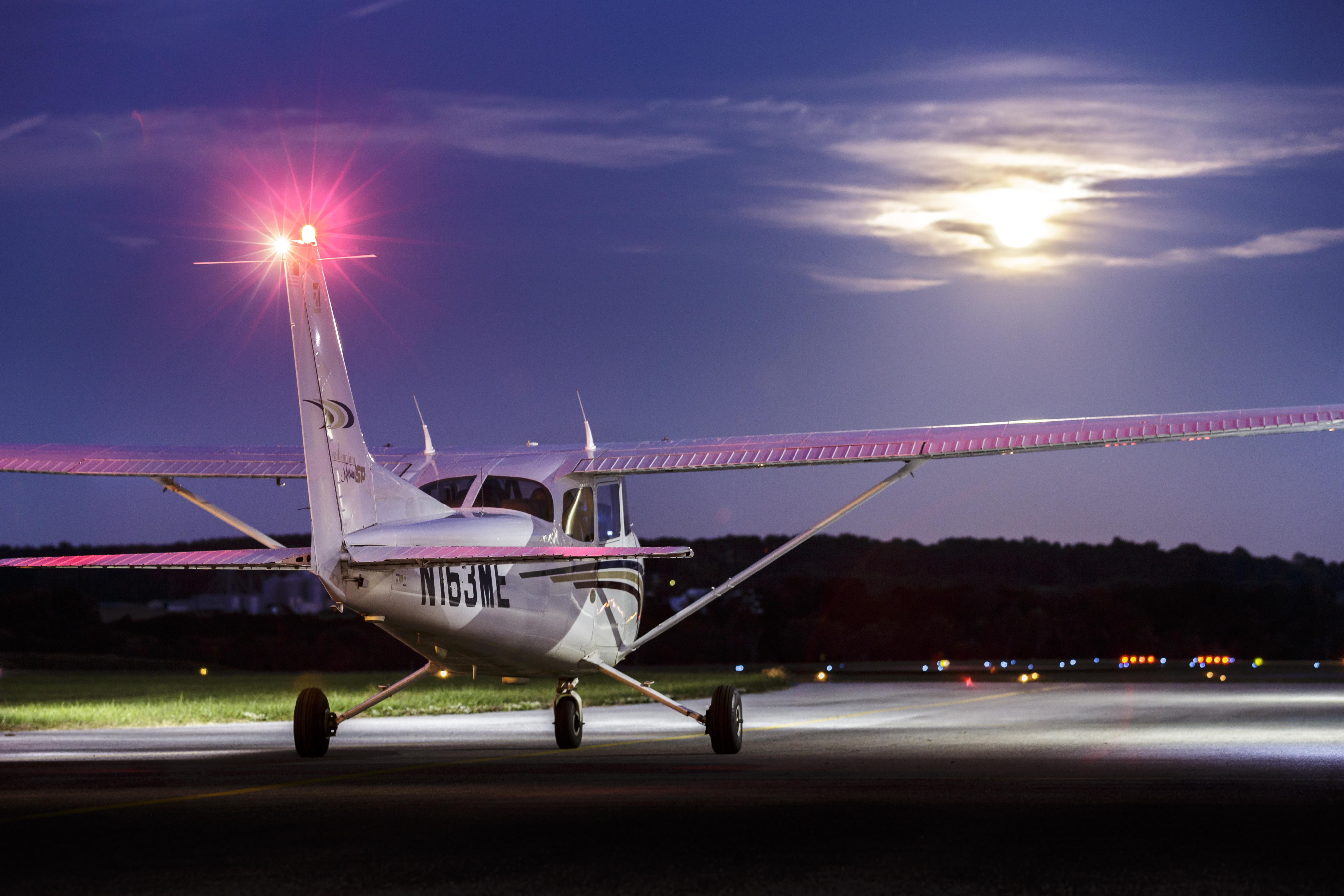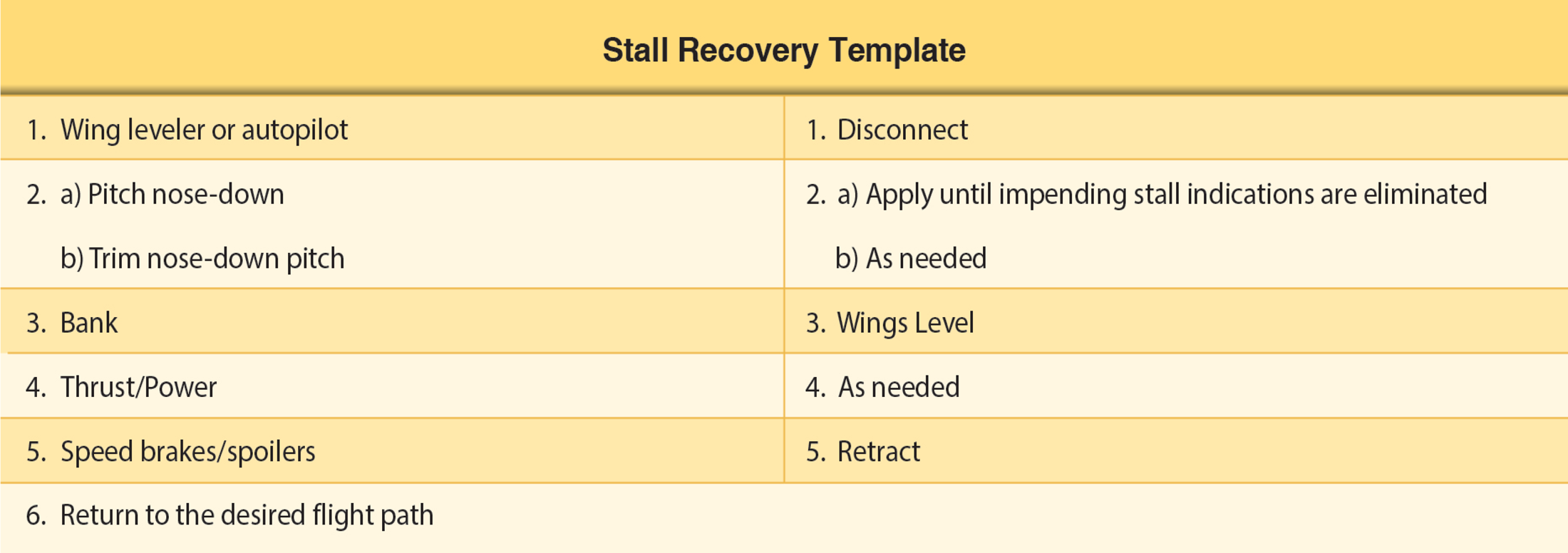CONCLUSIONS AND RECOMMENDATIONS

The fatal instructional accident rate average decreased from 0.49 in the first five years of our study to 0.26 in the last five years of our study. Instructional aviation has a lower accident rate than GA overall and has seen safety improve at a faster pace.
Several technological updates may have contributed to the decline in rates. These innovations include angle of attack indicators, flight envelope protection, traffic displays, moving map displays, and terrain overlays. Furthermore, many flight training providers operate newer fleets with modern avionics and crash restraints including shoulder harnesses and airbags. During the study period, new FAA policy permitted the installation of many of these devices at lower price points allowing for greater fleet adoption.
Additionally, there have been substantial changes in stall recovery training at the airline transport pilot (ATP) level, the highest level of civilian pilot certification. These changes, which took effect in 2012, emphasize the importance of reducing the angle of attack (AOA) as the first and primary step in stall recovery. Although this emphasis on AOA reduction instead of powering out of the stall has been most pronounced at the ATP level, the attention on proper stall recovery has benefitted the entire industry.
Many Part 141 schools, type clubs, and aircraft-specific training providers emphasize standardization within the training environment. Additionally, the FAA’s updates to the airman certification standards have required applicants to demonstrate risk management and aeronautical decision-making skills. Government and industry organizations have emphasized the leading risks within GA and flight training. Although it is difficult to quantify the impact from individual efforts, the cumulative result has been an increase in safety within the flight training community.
The aviation industry has done an excellent job of messaging the risk of a stall/spin accident when overshooting base to final. The industry should make similar efforts to message the risk of stall during takeoff, climbout, and go-around, and emphasize the importance of energy awareness in this critical phase of flight.
While safety has improved substantially over the last 20 years, there is still room for improvement. Loss of control comprises the largest accident category in this study, accounting for 54 percent of all fatal instructional accidents. With the vast majority of those accidents being stall/spin related, it is imperative that flight instructors teach stall/spin awareness correctly. Any unexpected activation of the stall horn should result in an immediate reduction in angle of attack. Instructors should review the FAA’s stall recovery template (Figure 5-10 of the Airplane Flying Handbook) to ensure that they are teaching stall recovery to current guidelines.4 Specialized training in upset prevention and recovery training (UPRT) is also encouraged.

The largest phase of loss of control within instructional aviation is takeoff/climbout/go-around. The aviation industry has done an excellent job of messaging the risk of a stall/spin accident when overshooting base to final. The industry should make similar efforts to message the risk of stall during takeoff, climbout, and go-around, and emphasize the importance of energy awareness in this critical phase of flight.
An observation from the data on instructional midair collisions is that the majority occurred at VFR/IFR cruise altitudes, even though pilots can maneuver at any altitude when below 3,000 feet agl. It seems that instructors select a target altitude such as 2,500 feet msl or 3,000 feet msl, where an analog altimeter needle would point straight up or straight down. A simple training mitigation may be to select a less congested altitude such as 2,700 feet msl, which deconflicts from IFR and VFR cruising flights. Pilots should be encouraged to use all available tools to enhance traffic awareness, including ADS-B in and ATC flight following service. Additionally, instructors should continue to emphasize the fundamentals of see and avoid.
Owners and operators are encouraged to adopt aircraft with technological innovations that were cited earlier in this report. These innovations include but are not limited to angle of attack indicators, flight envelope protection, traffic displays, moving map displays, electronic flight bags, shoulder harnesses, ballistic recovery parachutes, and airbags. Although it is difficult to attribute the decrease in safety to any one area, it is clear that flight training safety has improved significantly over the last two decades.
4 While modern stall recovery standards align closely with the airline transport standards in AC-120-109 and ICAO's Airplane Upset Prevention and Recovery Training Aid (AUPRTA), the recovery philosophy itself is hardly modern. One of the greatest explanations of angle of attack remains Wolfgang Langewiesche's 1944 Stick and Rudder.
Learn More
AOA Indicators
Join us as we take a look at the benefits of angle of attack indicators, and how they provide pilots a visual reference on how close their wings are to stalling.
Fatal Flight Training Accident Report 2000-2015
In 2019, the AOPA Air Safety Institute (ASI) and Liberty University published a 16-year comprehensive study of fatal instructional accidents. Our current study builds on that previous work with an updated dataset that spans 20 years. Read the previous report.